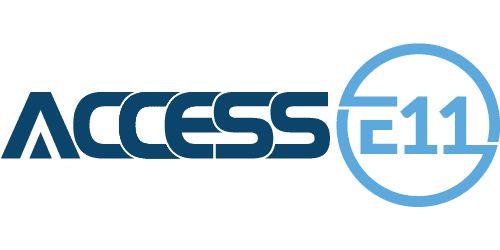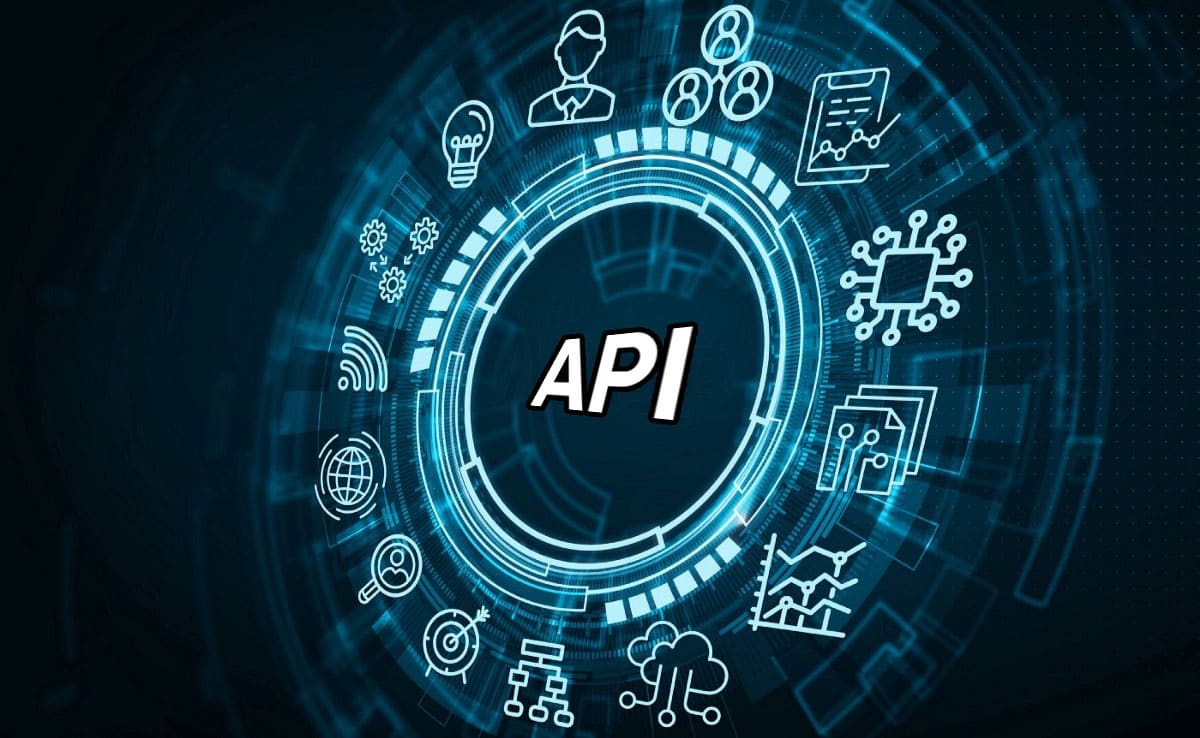In the dynamic landscape of urban management, the advent of data-driven decision-making stands as a revolutionary tool for municipalities. This article aims to dissect what it means to make decisions using data, unravel the complexities small municipalities face in implementing a data-centric culture, and explore the methodologies of data harnessing to address urban challenges.

Defining Data Driven Decision Making
Data-driven decision-making is a shift from traditional decision-making processes in municipalities. Traditional approaches often rely on historical practices, intuition, or political pressures, which can overlook underlying issues or emerging trends. In contrast, this new method of decision-making grounds choices in objective, quantifiable data. This shift not only enhances the accuracy of your choices but also makes the decision-making process more transparent and accountable.
The City of Syracuse, New York, serves as a prime example of this shift. By adopting a data-driven approach to tackle its infrastructure challenges, Syracuse utilized predictive analytics to anticipate and prevent water main breaks. Their proactive strategy led to an 18% reduction in such incidents. Thus highlighting the superiority of data-driven strategies over traditional, reactive approaches.
Essentially, utilizing data empowers municipalities to make informed, strategic decisions that are responsive to actual community needs and conditions. It enables a more dynamic, evidence-based approach to urban governance, setting a new standard for efficiency and effectiveness in public service delivery.

Challenges in Smaller Communities
Implementing a data-centric culture in smaller municipalities does not come without it’s challenges. One of the primary obstacles is the scarcity of resources. Smaller cities often operate with limited budgets and manpower, which can hinder the adoption of advanced data collection and analysis technologies. This resource crunch can delay or even derail the transition to a data-driven approach.
Another significant challenge is the existing technological infrastructure. In many smaller municipalities, it is not sufficiently developed to support comprehensive data initiatives. The lack of advanced IT systems and digital tools can limit the ability to collect, store, and analyze large volumes of data effectively.
Although there may be roadblocks to implementing a data-centric culture in your community, overcoming these hurdles is crucial for smaller cities to keep pace with the evolving citizen demands of high-quality, efficient service delivery.

Data Sources to be Used
Local governments have a variety of data sources at their disposal, each offering unique insights and advantages. Citizen feedback is a vital source of data, providing real-time, on-the-ground perspectives on municipal services and policies. Platforms like AccessE11 enable governments to tap into this valuable resource, facilitating more responsive and citizen-centric governance.
Operational data, encompassing information on municipal services, infrastructure, and assets, is another crucial data source. This data helps in optimizing service delivery and resource allocation. Santa Monica’s Wellbeing Project exemplifies the effective use of operational data. By analyzing various parameters of community well-being, the city was able to implement targeted mental health programs, leading to a 14% improvement in residents’ well-being scores. Financial and environmental data are equally important. Financial data allows for more transparent and accountable budgeting and spending, while environmental data can guide sustainable urban development and resource management. Asheville, North Carolina’s use of data analytics to enhance its fire department’s response times — reducing them by 20% — demonstrates the power of operational and environmental data in improving public safety and emergency response services.
In Conclusion
The journey towards embracing data-driven decision-making is not without its challenges, especially for smaller municipalities. However, the potential benefits are immense and far-reaching. By leveraging various data sources, such as citizen feedback, operational, financial, and environmental data, municipalities can revolutionize how they operate and serve their communities. The success stories of Syracuse, Santa Monica, and Asheville underscore the transformative impact of data-driven decision-making. As more municipalities adopt this approach, we can anticipate a future where urban governance is more efficient, responsive, and attuned to the needs of the community. The shift to data-driven decision-making is not just a trend; it is the future of effective municipal governance.




















